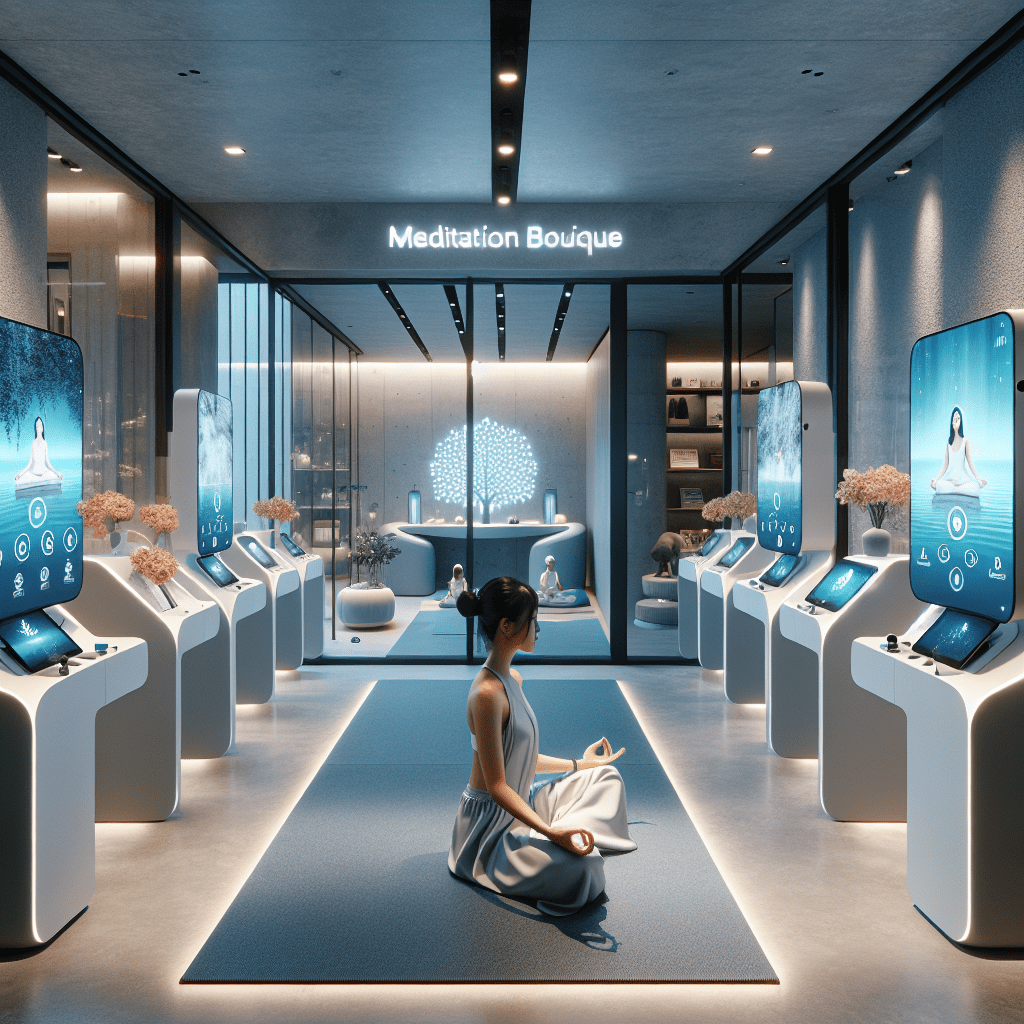
Prioritize your mental well-being daily. Enhance your life by nurturing your mental health with the Smart Meditation app. Break free from stress, alleviate anxiety, and enhance your sleep quality starting today.
Is Anxiety Subjective Or Objective Data?
Unlocking the Mystery: Is Anxiety a Matter of Perspective or Measurable Data?
Delving into the intricate world of mental health, the discussion around anxiety rarely follows a straight path. Unlike physical ailments, where measurements and tests often spell out the facts, anxiety wades through murkier waters. So, is anxiety subjective or objective data? Stick around as we dissect this conundrum, navigating through the complexity with the finesse of a skilled investigator.
The Many Faces of Anxiety
First things first, let’s break down what we’re dealing with here. Anxiety, at its core, is a natural human response to stress. It’s the brain’s way of saying, “Hey, something’s not right,” preparing the body to either face the danger head-on or take flight. Yet, when anxiety becomes a frequent guest, disrupting daily life, it morphs into a disorder sprawled across a spectrum. From generalized anxiety disorder (GAD) to panic disorder and beyond, its manifestations are as varied as the people it affects.
Subjective Sensations and Objective Observations
The Case for Subjectivity
When you first think about it, anxiety seems to sit comfortably in the realm of the subjective. After all, it’s about how one feels inside, right? Let’s not forget the good ol’ saying, “It’s all in your head.” People experiencing anxiety might describe it as a feeling of dread, nervousness, or unease. These sensations, inherently personal and internal, can’t be quantified or measured directly. Thus, identifying and understanding anxiety often relies heavily on self-reporting. Patients describe their experiences, and clinicians piece together the puzzle, employing their expertise alongside diagnostic criteria.
Crossing into Objectivity
However, dismissing anxiety as purely subjective sells short the strides made in understanding its nuances. Enter the objective data. Like detectives turning every stone, researchers and clinicians have tools at their disposal that provide measurable evidence of anxiety. From heart rate variability and cortisol levels to diagnostic interviews and standardized questionnaires, these methods paint a broader picture. They offer a glimpse into the physiological and psychological underpinnings of anxiety, reaching beyond the subjective experience.
Moreover, neuroimaging technologies like MRI scans reveal how certain brain regions light up like a Christmas tree during anxiety episodes, providing tangible proof of its existence. These advancements underscore that anxiety, while deeply personal, has objective markers that can be tracked and analyzed.
Striking a Balance
The heart of the matter is not whether anxiety is subjective or objective, but rather how both perspectives combine to give a fuller understanding. It’s akin to looking through both lenses of a pair of binoculars for a clearer view. The subjective experiences provide invaluable insights into the personal impact of anxiety, guiding therapeutic approaches that resonate on a human level. Meanwhile, the objective data sharpens the focus, offering concrete evidence that informs diagnosis, treatment options, and the understanding of anxiety’s biological underpinnings.
Navigating the Waters
In the grand scheme of things, recognizing anxiety as a complex interplay of subjective experiences and objective data empowers individuals and professionals alike. It paves the way for compassion, awareness, and more personalized care. So, when pondering whether anxiety is subjective or objective, perhaps the wisest stance is to see it as a rich tapestry woven from both threads.
As we continue to chart the depths of mental health, this balanced perspective promises not only greater understanding but also hope and practical pathways forward for those navigating the stormy seas of anxiety. Now, isn’t that a thought to steady our ships?





